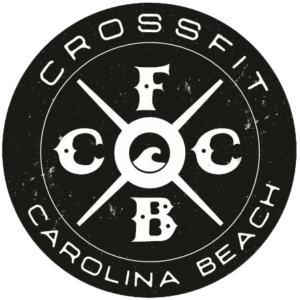What should I eat?
How much can I eat?
And when can I eat it?
These are 3 questions that always seem to pop up in a world where we all want a physical and mental edge in performance and having the perfect diet is a key component of that. Let’s explore some of the popular diets in the fitness world right now. This is just an overview of each to help you decide if any of these might be something you’d enjoy.
- The Ketogenic Diet aka “Keto
Philosophy:
Your body relies on glucose for fuel. If there’s no glucose easily available your body needs to find a new way to fuel itself. This happens through the breakdown of fats and proteins. Originally discovered back in the 1920’s as a treatment for epilepsy, the ketogenic diet has become widely popular as it can help practitioners lose weight quickly and provides mental clarity.
Pros:
There are a lot of great high fat foods that can still be consumed (did somebody say bacon?!)
Cons:
Limiting carb and protein intake requires some specific portioning of food. Measuring ketone levels through blood, breath, or urine is not the highlight of anyone’s day.
2) Whole 30
Philosophy:
This diet is completed as a 30 day challenge that allows only whole foods (meats, vegetables, some fruits, and some healthy fats). This diet focuses on the “What” you should eat but is less concerned with “How much” and “When” making it a popular option for novice dieters.
Pros:
By eliminating processed foods from your diet you give your digestive tract a much needed break. Most folks report higher energy levels. No measuring of portions saves time.
Cons:
You have to accept that you’re going to be a boring dinner date for the month. Kinda. There are still a few great options available to you and being educated on how to make decisions on what to eat while eating out can help.
3) Macro Diet
Philosophy:
Ignore the “What” you eat in all but the broadest sense. That is, you only account for the macronutrient makeup of food in terms of fat, carbohydrate, and protein. Focus in on the ratio or total number of calories taken in to hit a total daily macronutrient intake based on your training goals and calories required.
Pros:
Eating donuts after a workout without feeling guilty can be a huge relief
Cons:
Poor dietary choices could lead to micronutrient deficiencies. Frequent consumption of high glycemic carbohydrates could lead to insulin resistance.
4) Intermittent Fasting
Philosophy:
This diet focuses specifically on the “When” component of eating. Generally practiced by consuming all meals in a maximum 8 hour time window. This might look like skipping breakfast and consuming all calories between 12:00 pm and 8:00 pm followed by 16 hours of fasting. Many individuals pair this methodology with foods that would be considered “keto” or “whole 30” approved.
Pros:
A smaller window of time to eat during means fewer calories consumed by most people. The long fasting period can lead to increased fat burning.
Cons:
Some people have a difficult time adhering to the strict time windows that provide the alleged benefits.
5) Vertical Diet
Philosophy:
This diet focuses on the “What” you can eat with foods broken down into daily micronutrient required foods and daily macronutrient foods where steak and white rice help you hit your required caloric intake. Caloric consumption is increased based on training volume and goals. Additionally this diet eliminates some unique foods like legumes, onion, and garlic that are considered high FODMAP (fermentable oligo-, di-, and monosaccharide and polyol) foods.
Pros:
This diet can be a great starting point for someone who has difficulty meeting macronutrient requirements or is new to dieting.
Cons:
The extreme lack of variability in food choices make this diet a bit boring to follow. It’s very possible that micronutrient deficiencies could occur by following the same simple foods long term.
